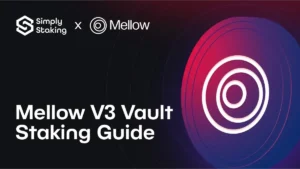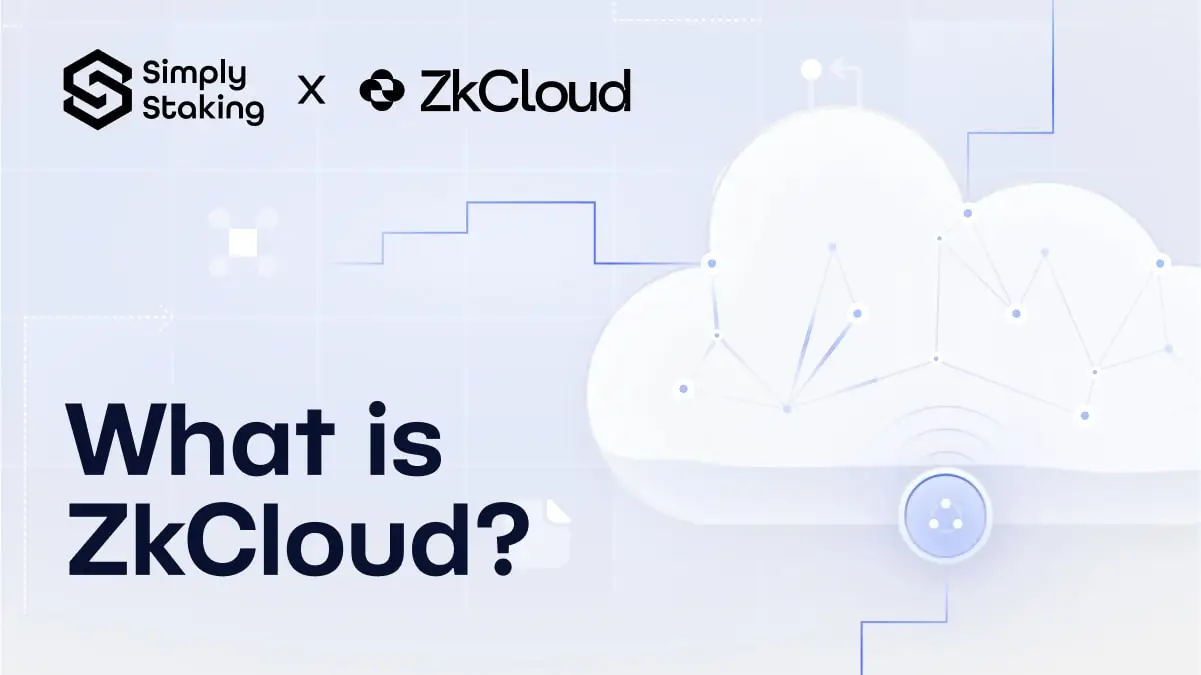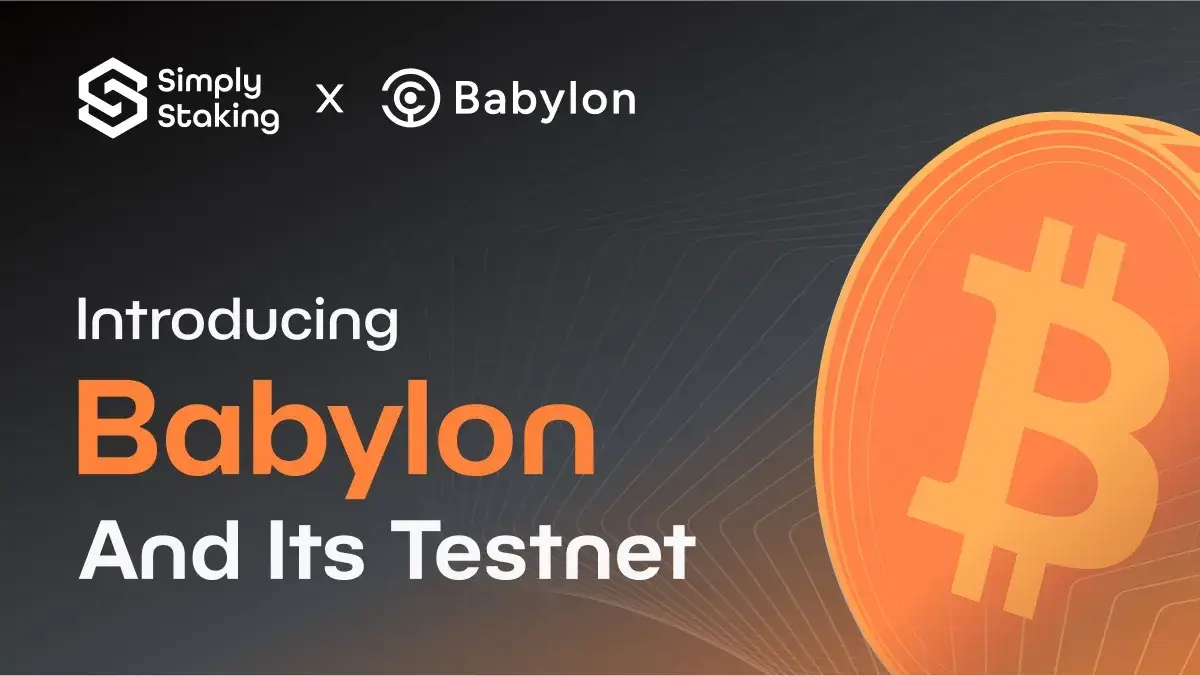This article serves as an overview of the Oasis Protocol – a blockchain that supports AI and Web3 development in a unified and private ecosystem.
Besides familiarising themselves with the ROSE token and staking, readers will get to know Cipher, Emerald, and Sapphire ParaTimes as well as Oasis’s AI use cases.
Oasis Protocol Overview
Oasis Network is a privacy-enabled, layer 1 blockchain platform built to scale open finance, a responsible data economy, and Web3. Combined with its high throughput and secure architecture, the Oasis Network powers private and scalable DeFi, therefore expanding open finances beyond traders and early adopters, to reach a mass market.

The Oasis network consists of two primary architectural components. First, its consensus layer operates as a decentralised proof-of-stake system designed for scalability and high throughput, which relies on a distributed network of validator nodes to secure and validate transactions efficiently.
Second, the ParaTime layer, also known as the Compute Layer, hosts multiple parallel runtimes (ParaTimes). Each ParaTime functions as a replicated computing environment that shares a common state across all instances. In essence, the ParaTime layer enables the simultaneous operation of multiple computing environments, each identical and synchronized in data across the network.
Separating the consensus layer from the ParaTime layer allows for scalability on the one hand, with multiple ParaTimes processing transactions simultaneously, and versatility on the other, as anyone can create and develop their own ParaTime.
Due to such a unique design, Oasis becomes a platform fit for multiple unique, yet complementary use cases:
Decentralised AI: Developers can build AI solutions without compromising on data privacy and security within crowd-sourced, on-chain AI models.
DeFi: Projects like Decentralised Exchanges (DEXs), Decentralised Applications (dApps), and Liquidity Pools(LPs) can be built in discrete mode via confidential smart contracts.
Account Abstraction: User experience and Interface can be modified via easier key management, data encryption, and flexible cryptographic functions thanks to Account Abstraction.
DAOs: Unbiased DAO operations and participation is enabled via private governance and voting.
The rest of this paper offers an overview of the architecture and technology behind the Oasis Network.
Layered Architecture
The Oasis Network has two main architectural components: the consensus and ParaTime layers.
- The consensus layer is a scalable, high-throughput, secure, proof-of-stake consensus run by a decentralised set of validator nodes.
- The ParaTime layer hosts many parallel runtimes (ParaTimes), each representing a replicated compute environment with a shared state
As shown in the diagram below, and to understand the connection between the two layers, ParaTimes can be thought of as customisable applications that specialise in different functionalities and live in parallel with the consensus layer. The actions of ParTimes are recorded and fed into the consensus layer, which in turn verifies that actions (or transactions) undertaken by the Paratimes are valid.
Such separation of compute and consensus into the consensus layer and ParaTime layer, allows multiple ParaTimes to process transactions in parallel, meaning that complex workloads processed on one ParaTime do not affect faster, simpler transactions on another.

(Source: Oasis Docs)
To fully leverage ParaTime technology, the Oasis network hosts three distinct and unique ParaTimes: Sapphire, Cipher, and Emerald. Each of these ParaTimes is discussed in greater detail below.
Sapphire – Oasis Privacy Layer
The Oasis Privacy Layer (OPL), also known as Sapphire, is an Eethereum Virtual Machine (EVM)-compatible privacy solution enabling developers to add new functionalities to smart contracts with encrypted (hidden) transactions and a confidential environment. Developers have the flexibility to build on-chain decentralised applications (dApps) with smart contracts that are 100% confidential, 100% public, or choose any combination within these spectrums.
By using a Solidity programming language that integrates Sapphire, developers can easily add confidential data handling and selective information sharing to their Web3 applications on chains like Ethereum and BNB. This means that whether developers are working on existing projects or new ones, and regardless of the network in use, developers can incorporate Sapphire’s advanced privacy features into their dApps without needing to switch networks. To this end, builders can operate within their current development environment securely and privately. For visualisation, the diagram below illustrates the process that we just covered.

(Source: Oasis Sapphire)
With privacy in mind, Sapphire is able to offer a set of useful features to users including:
Private Storage: Sapphire offers end-to-end encryption and encrypted storage for executing contracts that include secret data. Sapphire also simplifies the technical workflow for building dApps that generate random numbers, sign or verify cryptographic signatures, and more.
EVM Compatibility: Applications developed on any EVM network can be transferred to Sapphire with minimal modifications, especially if developers use tools that are well-established in the Ethereum ecosystem. Additionally, all dApps remain compatible with MetaMask and other Ethereum service providers, ensuring a seamless transition and continued functionality.
Web2 Authentication: Sapphire provides end-to-end encryption and secure storage for running contracts that handle sensitive information. It also streamlines the process of developing dApps by making it easier to implement features like generating random numbers and signing or verifying cryptographic signatures, hence lowering the workload of building secure and private dApps.
ROFL (Runtime OFf-chain Logic): ROFL is a framework designed to enhance ParaTimes by enabling them to use off-chain components. This means that developers can create applications that perform actions and access resources outside the blockchain, leading to more complex and dynamic behaviors. ROFL facilitates smooth communication between the off-chain components and the blockchain, allowing for full integration and interaction between different blockchain platforms and off-chain computational systems.
Cipher ParaTime
Cipher is a confidential ParaTime for executing Wasm smart contracts. A Wasm smart contract is a type of program designed to run on blockchain networks, like Ethereum or Polkadot, using a technology called WebAssembly. The latter allows developers to write wasm contracts in languages like Rust or C++, which are then converted into a format that computers can execute quickly. Wasm contracts can usually run on different systems without needing to be rewritten and handle complex tasks efficiently.
To put confidential wasm execution into context, via Cipher, developers deploy the contract’s operations in a way that keeps sensitive information private. Confidential deployment thus guarantees that data processed by the contract, such as inputs, outputs, and any computations performed, are not visible to unauthorized parties. Confidentiality, in turn, brings several benefits such as developers being able to define which data to store in public and which data in the (more expensive) confidential storage.
Beyond privacy, Cipher offers additional benefits such as:
- Security: The Rust programming language, which is predominantly used for writing Wasm smart contracts, is recognized for its stringent memory management practices and was specifically designed to prevent memory leaks.
- Scalability: increased throughput of transactions
- Low-cost: 99%+ lower fees than Ethereum
- Speed: 6-second finality per 1 block
- Interoperability: Cross-chain bridge to enable transactions between chains
To put Cipher’s technology into perspective, it offers robust privacy features that could significantly impact the DeFi sector. By utilizing confidential computation and a scalable design, the Cipher reduces transaction costs, mitigates front-running risks, and facilitates the creation of user-controlled identities. These capabilities could potentially enable new applications such as under-collateralised loans and private automated market makers. For example, individuals could securely share financial data to establish creditworthiness, allowing lenders to explore new lending models within the blockchain space.
Emerald ParaTime
Emerald is Oasis Network’s official ParaTime which executes smart contracts inside the Ethereum Virtual Machine (EVM). It provides a high-performance environment for smart contracts and dApps while ensuring privacy and confidentiality. The integration of the EVM enables developers to migrate their existing Ethereum dApps effortlessly or develop new dApps using familiar tools and libraries.
Besides similarities in scalability, low cost, and speed with Cipher, Emerald’s unique selling point lies in full EVM compatibility and ease of integration with EVM-based dApps, such as DeFi, NFT, Metaverse, and GameFi.
One of the highlights of Emerald is YuzuSwap – a DEX with liquidity and mining incentives that utilities a novel buyback function. Via buyback, 80% of the 0.3% transaction fee goes to the buyback smart contract, which automatically buys YUZU tokens if the price it drops below the 72-hour average. Therefore, the higher the transaction volume, the healthier the YUZU token price becomes.
Oasis AI
Currently, Oasis is working with industry leaders across multiple sectors to design and implement robust primitives for responsible AI and create solutions to AI-related risks.
Fairness and bias issues in AI models arise because these models can inherit and amplify existing biases present in the training data, leading to discriminatory outcomes.
Oasis Labs, in collaboration with Meta, is developing solutions to address fairness and bias in AI models. To mitigate these issues, it is essential to implement systems and processes that can measure bias while safeguarding the privacy of individuals providing sensitive demographic data. As a design and technology partner, Oasis created an AI fairness assessment tool for Meta that meets this crucial need.
The growth of AI, and the expansion of data sets upon which large language models (LLMs) are trained, poses the problem of unauthorized data usage, where individuals’ data could be exploited or misused without their explicit consent.
In an attempt to solve the above issue, Oasis is partnering with Personal.ai to develop AI pipelines that ensure the protection of individuals’ data used in building conversational AI models. These safeguards are designed to protect creators and their online communities, allowing AI training with a person’s data only when verifiable, consented access is provided.
Additionally, Oasis developed the framework called Data DAOs – created to uphold individual data rights, compensate data owners for data usage, manage data confidentially and privately, and ensure verifiable transparency in operations. This facilitates data-sharing DAOs, which can be employed for analytics and AI model training in a decentralised environment.
You can dive deeper into Data DAOs in this keynote.
Overall, AI is a transformative technology, comparable to the printing press and electricity. However, in the immersive Web3 era where data is publicly available, privacy risks are heightened. Safeguarding sensitive data and eliminating bias is crucial for mitigating AI-driven personal data risks. That is why, Oasis believes that privacy in AI is essential to unlocking the full potential of this technology without compromising on privacy of individuals.
$ROSE Token
ROSE – the native token of Oasis has a capped supply, with a circulating supply of 6,713,599,876 tokens and a total cap of 10 billion tokens. ROSE is used for transaction fees, staking, and delegation at the consensus layer. Additionally, around 2.3 billion tokens are set aside to be automatically distributed as staking rewards to stakers and delegators for securing the network over time.
Staking
The Oasis team has prioritized making node setup seamless for all community members and has ensured that staking conditions lower barriers to entry and encourage active engagement on the network. Key staking parameters include:
- Validators: 120 validators will participate in the consensus committee and receive staking rewards, selected based on their stake weight on the network.
- Consensus Committee Selection: Each entity can have a maximum of one node elected to the consensus committee at a time.
- Staking Rewards: Stakers are targeted to receive rewards ranging from 2.0% to 20.0%, depending on the duration of their staking service. To be eligible for rewards per epoch, a node must sign at least 75% of blocks in that epoch.
- Slashing: At Mainnet launch, the network only slashed for double-signing. The penalty includes slashing the minimum stake amount (100 tokens) and freezing the node to prevent over-penalization.
- Unbonding Period: There will be an approximate 14-day unbonding period during which staked tokens are at risk of slashing for double-signing and do not accrue rewards.
Consensus Voting Power: The current voting power mechanism in the Oasis Network is stake-weighted. This means that a validator’s consensus voting power is proportional to its stake. To sign a block, the network requires signatures from validators representing more than two-thirds of the total stake of the committee.
Simply Staking is happy to be one of the validators in the Oasis Validators Set, with 116,585,492 in delegated ROSE and 573 delegators. You can delegate your ROSE to us via our networks page!
Conclusion
In conclusion, the Oasis Network is uniquely positioned against other L1s by integrating privacy solutions with advancements in Web3 and AI technologies. With its layered architecture comprising consensus and ParaTime layers, Oasis facilitates scalable and secure decentralised applications across various sectors including DeFi, AI, and DAOs. The network’s commitment to privacy and data security is evident in initiatives such as the Sapphire, Cipher, and Emerald ParaTimes, each tailored to support confidential smart contracts and seamless integration with existing ecosystems like Ethereum.
By leveraging stake-weighted consensus and a robust staking framework, Oasis ensures inclusive participation and rewards for validators, fostering a resilient and decentralised network. As Oasis continues to evolve, its dedication to privacy-first principles remains pivotal in realizing the full potential of blockchain technology while safeguarding user privacy in an increasingly interconnected world of DeFi and AI.
You can simply stake and secure your assets with the Ledger wallet.
Disclaimer: This article contains affiliate links. If you click on these links and make a purchase, we may receive a small commission at no additional cost to you. These commissions help support our work and allow us to continue providing valuable content. Thank you for your support!
This article is provided for informational purposes only and is not intended as investment advice. Investing in cryptocurrencies carries significant risks and is highly speculative. The opinions and analyses presented do not reflect the official stance of any company or entity. We strongly advise consulting with a qualified financial professional before making any investment decisions. The author and publisher assume no liability for any actions taken based on the content of this article. Always conduct your own due diligence before investing.




























































































